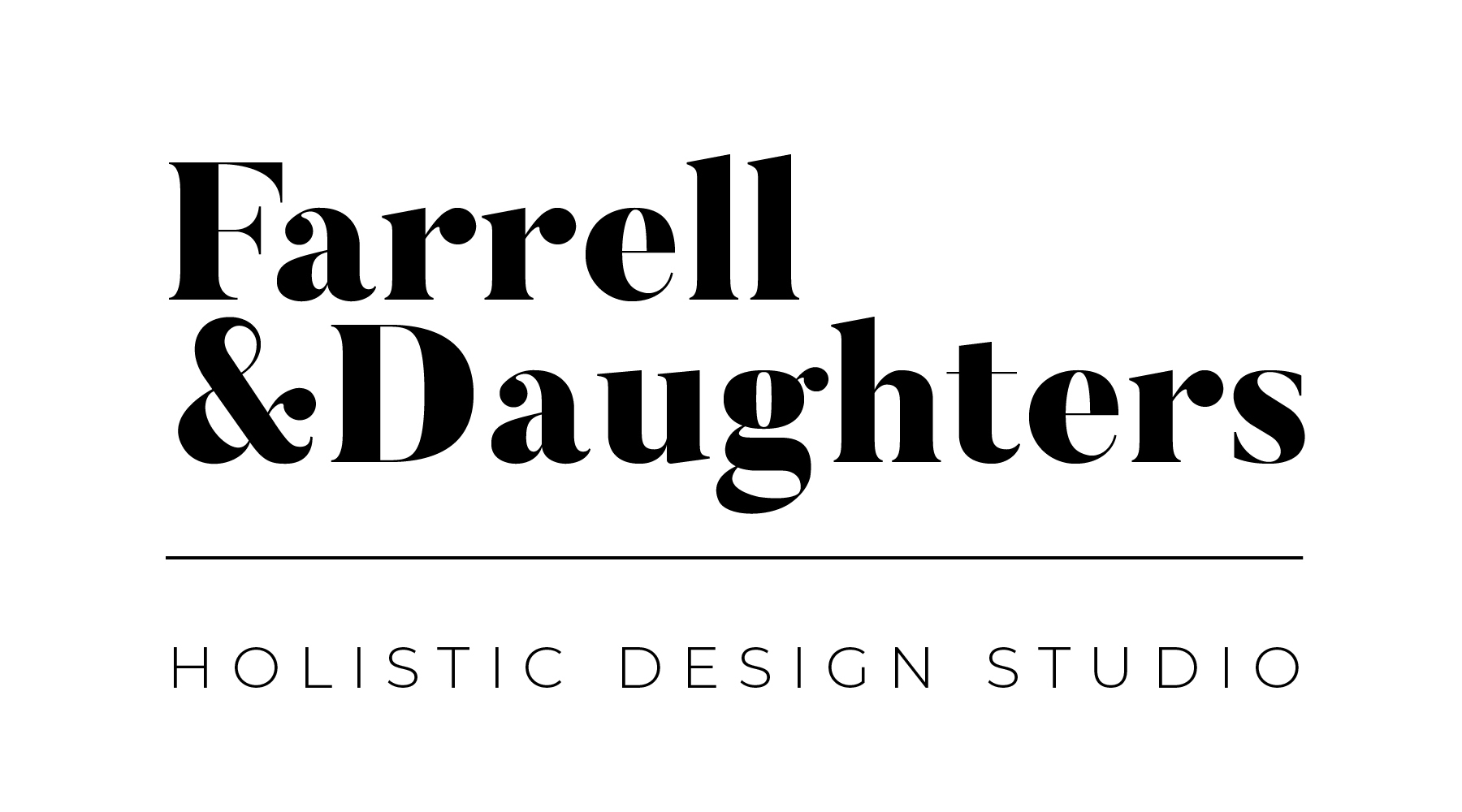Ray and Charles Eames
My ultimate design heroes are Ray and Charles Eames. For designing truly timeless furniture with care and craft. For looking critically at their own design practice, and how designers are neither artists nor scientists. For finding ways to burrow into the permanent visual vocabulary of well-made-things...
I fell in love with their furniture, then I read a book about their process and read things like:
"The extent to which one has a style is the extent to which the problem has not been solved."
(Take your ego out of it, please, this isn't about you.)
"We've always been aware of not even attempting to solve the problem of how people should sit, but of rather arbitrarily accepting the way people do sit and of operating within that framework."
(Your users are your experts, listen to them, design for them.)
"Only when you get into the problem, and the problem becomes clear, can creativity take over."
(Define the problem. Define the problem. Define the problem.)
James Patten / Patten Studio
I saw James Patten speak at HUGE a couple of years ago about his design practice. He spoke about the work his studio does (which is amazing), and then when Q&A time came, my heart stopped. A man from the audience asked him which piece of technology James was most excited to design for - google glass? AI? Touch interfaces? James responded that all that was essentially bullshit. Technology, he said, comes and goes and changes so he doesn’t really bother with it. The shape of the human hand, though? That’s been the same for 250-odd years. Design for that.
Clouds parted. Light shone down. I managed to stop myself from screaming YES at the top of my lungs.
Patten Studio makes phenomenally haptic experiences that dance this line between physical and digital, because that's the line we live on now.
Ilse Crawford / StudioIlse
My first introduction to Ilse Crawford was through an episode of the Netflix doc-series Abstract, and my love for her work and approach was instant. She has really coined the idea of a Sensual Home and has pioneered designing even industrial, shared spaces to feel like “home”. Iconic hotels like Ett Hem in Stockholm, and SoHo House in New York have replaced the sleek interiors we’re used to in high-end hotels with coziness and warmth....
Every single space and product Ms. Crawford touches has the kind of craft and consideration that brings me such awe - even when designing a mass-produced line for IKEA.
Stephanie A. Hughes / AKKA Architects
I saw Stephanie speak at EuroIA in the fall of 2017 and was blown away by her approach to architecture. She confirmed what I had begun to suspect as I pivoted my own career toward physical spaces - designing for people and how they flow through experiences is pretty similar in digital and physical spaces.
She has innovated so masterfully in the architecture/interiors industry by bringing users back to the center of her work, introducing iteration, and considering flow in ways that haven't really been explored in physical design.
The Desire Map / Danielle LaPorte
I read The Desire Map about a year ago, and it has sort of changed my entire outlook on life. The whole idea is that behind the goals we have for ourselves - own my own company, get promoted, own a home - there’s a series of feelings that actually we’re actually chasing.
Equal parts real-talk motivation and serious-introspection-workbook, it has put a fine point on the way I want my life to look rather than telling me what job I should be striving for next.
It's also opened me up to the way I'm developing my own design practice - putting how my clients want to feel in their space at the center of everything I'm doing. Helping them define the problem areas in their homes and workspaces in human terms, rather than jumping to design solutions they've read about in a blog or seen on TV. My aim, like the book's aim, is to help craft a wholly personal experience that makes you feel like the very best version of yourself, every damn day.






